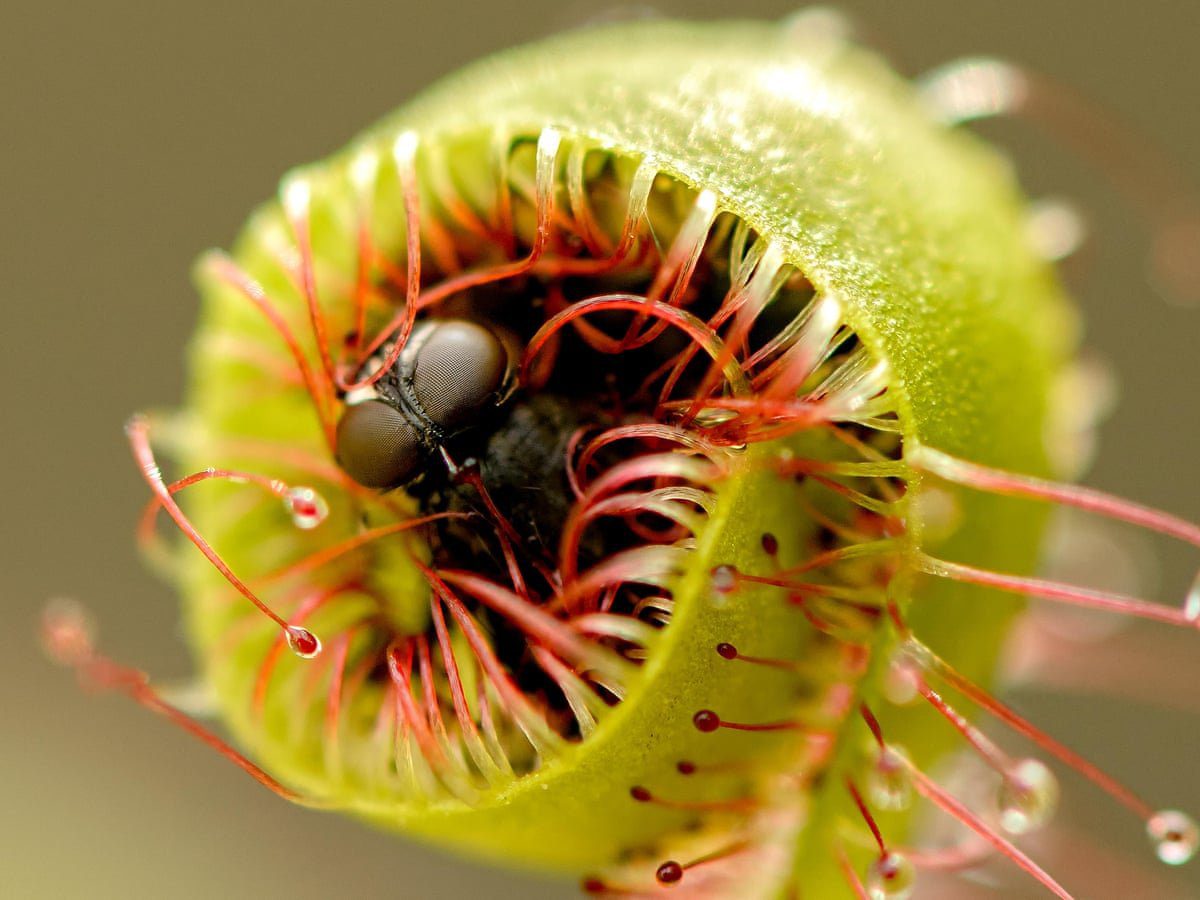Carnivorous plants, like the Venus Flytrap and Sundew, have evolved to capture insects for nutrients. The Venus Flytrap has hinged traps that snap shut when triggered by prey, while the Sundew has sticky hairs on its leaves that trap insects. Both plants use enzymes to digest their prey. The Venus Flytrap is found in the US, preferring wet, boggy habitats with sunlight, while the Sundew is more adaptable to various environments. These plants showcase unique physical characteristics, prey capturing mechanisms, and habitats, highlighting their remarkable adaptations to thrive in nutrient-poor conditions.
Venus Flytrap vs. Sundew: The Fascinating World of Carnivorous Plants
Introduction
Carnivorous plants are fascinating organisms that have evolved to capture and digest insects and other small animals as a source of nutrients. Two well-known carnivorous plants are the Venus Flytrap (Dionaea muscipula) and the Sundew (Drosera). In this article, we will compare and contrast these two plants in terms of their physical characteristics, mechanisms of capturing prey, and habitats.
Physical Characteristics
The Venus Flytrap is a small plant with hinged traps that close quickly when triggered by prey. The traps are lined with tiny trigger hairs that sense the movement of an insect and cause the trap to snap shut. The plant has green leaves with red accents, giving it a unique and attractive appearance.
The Sundew, on the other hand, has long, stalked leaves covered in tiny, sticky hairs that glisten in the sunlight. When an insect lands on the leaves, it becomes stuck to the hairs, which then bend towards the center of the leaf, trapping the insect. The Sundew has a more delicate and intricate appearance compared to the Venus Flytrap.
Mechanisms of Capturing Prey
Both the Venus Flytrap and the Sundew use a sticky substance to capture insects, but their mechanisms of trapping prey are slightly different. The Venus Flytrap relies on rapid movement to catch its prey, while the Sundew uses a slower, more subtle process.
When an insect triggers the Venus Flytrap’s trap, the two lobes snap shut, trapping the insect inside. The plant then secretes enzymes to digest the insect and absorb the nutrients. The Sundew, on the other hand, uses its sticky hairs to trap insects, which then become entangled in the sticky substance. The plant then secretes enzymes to digest the insect.
Habitats
The Venus Flytrap is native to North and South Carolina in the United States, where it grows in nutrient-poor, acidic soils. It prefers wet, boggy habitats with plenty of sunlight. The Sundew, on the other hand, is found in a wide range of habitats, including bogs, marshes, and wetlands, as well as in drier areas such as heathlands and grasslands.
Conclusion
While the Venus Flytrap and Sundew are both fascinating carnivorous plants, they have unique physical characteristics, mechanisms of capturing prey, and habitats. The Venus Flytrap is known for its rapid movement and striking appearance, while the Sundew is admired for its delicate, sticky hairs and diverse habitats. Both plants are examples of the amazing adaptations that plants have evolved to thrive in nutrient-poor environments.
